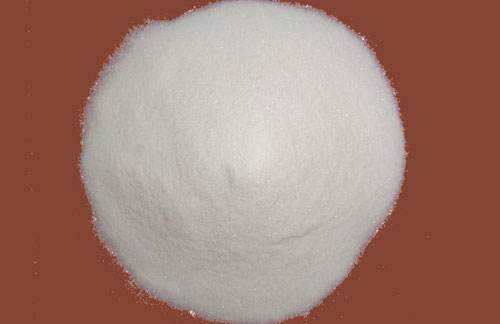Dispersant is a surfactant that has two opposite properties: lipophilicity and hydrophilicity within the molecule. It can uniformly disperse the solid particles of inorganic and organic pigments that are difficult to dissolve in liquids. It can also prevent the settling and agglomeration of solid particles and form the necessary chemicals for stable suspensions. Today, Xiaokain will introduce the types and applications of dispersants:
1. Fatty acids, aliphatic amides and ester dispersants
Stearamide dispersant and high-grade alcohol dispersant can be used together to improve lubricity and thermal stability. The dosage (mass fraction, the same below) is 0.3%-0.8% , can also be used as a slip agent for polyolefins; hexenyl bis stearamide, also known as ethylene bis stearamide, is a high melting point lubricant with a dosage of 0.5% to 2%;

Stearic acid monoglyceride, tristearic acid glyceryl; oleic acid acyl dosage 0.2% ~ 0.5%; hydrocarbon paraffin solid, melting point is 57 ~ 70 ℃, insoluble in water, soluble in organic solvents, the dispersion, compatibility, and thermal stability of the resin are poor, and the dosage is generally below 0.5%
2. Paraffin dispersants
Although paraffin dispersants are external lubricants, they are non-polar linear hydrocarbons and cannot wet metal surfaces, which means they cannot prevent polyvinyl chloride and other resins. For adhesion to metal walls, synergistic effects can only be achieved when used together with stearic acid, calcium stearate, etc.
Liquid paraffin: freezing point -15–35℃, poor compatibility with resin during extrusion and injection molding, the addition amount is generally 0.3 %-0.5%. If it is too much, it will worsen the processing performance.
Microcrystalline paraffin: Obtained from the petroleum refining process. It has a relatively large molecular weight and many isomers. The melting point is 65-90°C and has good lubricity. It has good thermal stability, but poor dispersion. The dosage is generally 0.1%-0.2%. It is best to use it together with butyl stearate and higher fatty acids.
3. Metal soap dispersants
Metal salt dispersants of higher fatty acids are called metal soaps. For example, barium stearate is suitable for a variety of plastics, and the dosage is about 0.5%; stearic acid Zinc is suitable for polyolefins, ABS, etc., the dosage is 0.3%; calcium stearate is suitable for general plastics, for external lubrication, the dosage is 0.2%-1.5%; other stearic acid soaps such as cadmium stearate, magnesium stearate, Copper stearate.
4. Low molecular weight wax dispersants
Low molecular wax dispersants are based on various polyethylene (homopolymer or copolymer), polypropylene, polystyrene or other polymer modifications As raw materials, it is cracked and oxidized to form a series of oligomers with different properties.
Its main products include: homopolymer, oxidized homopolymer, ethylene-acrylic acid copolymer, ethylene-vinyl acetate copolymer, low molecular ionomer, etc. kind. Among them, polyethylene wax, the chemical name of polyethylene wax is polyethylene glycol, and the English name PEG (Poly Ethylene Glycol) is the most commonly used

 微信扫一扫打赏
微信扫一扫打赏

